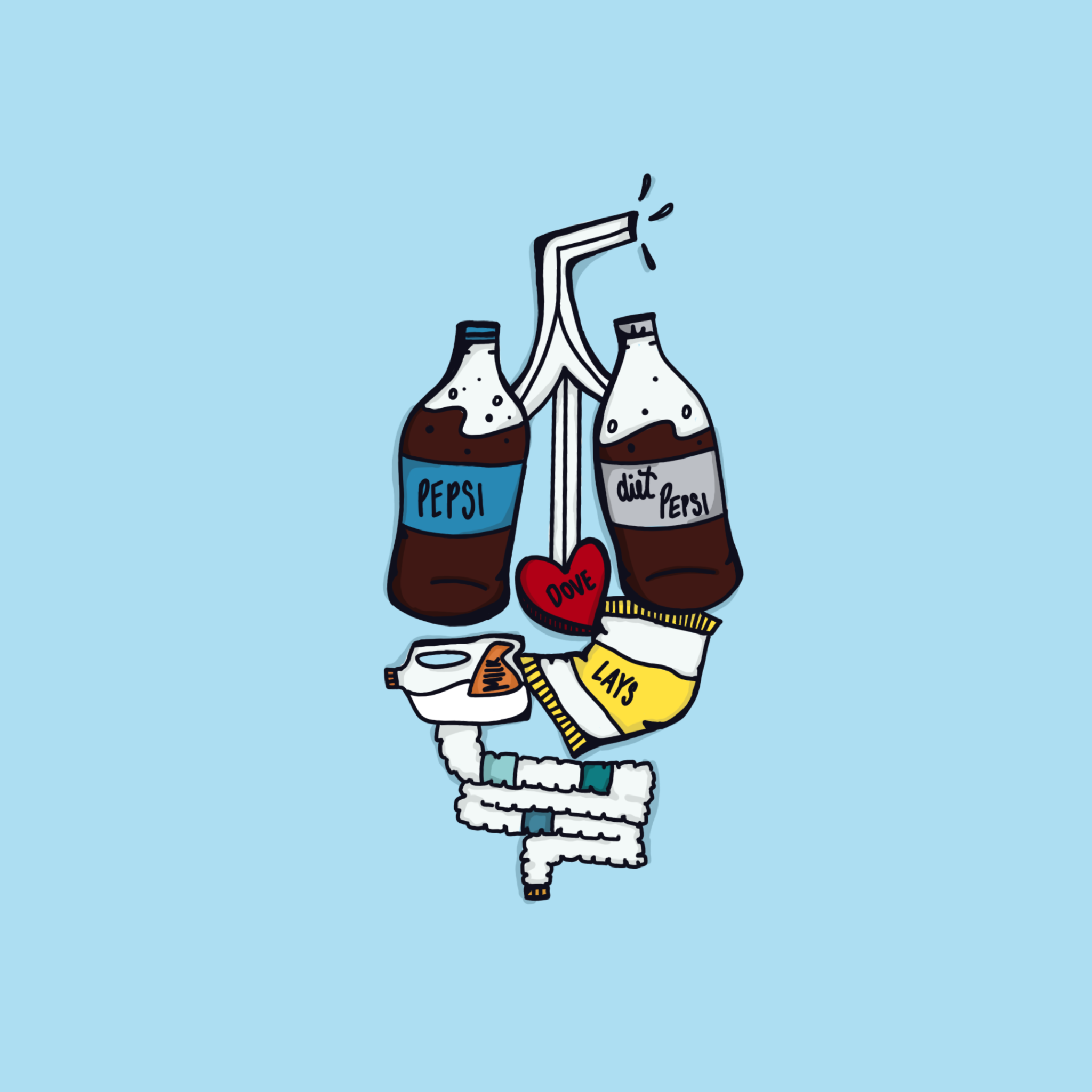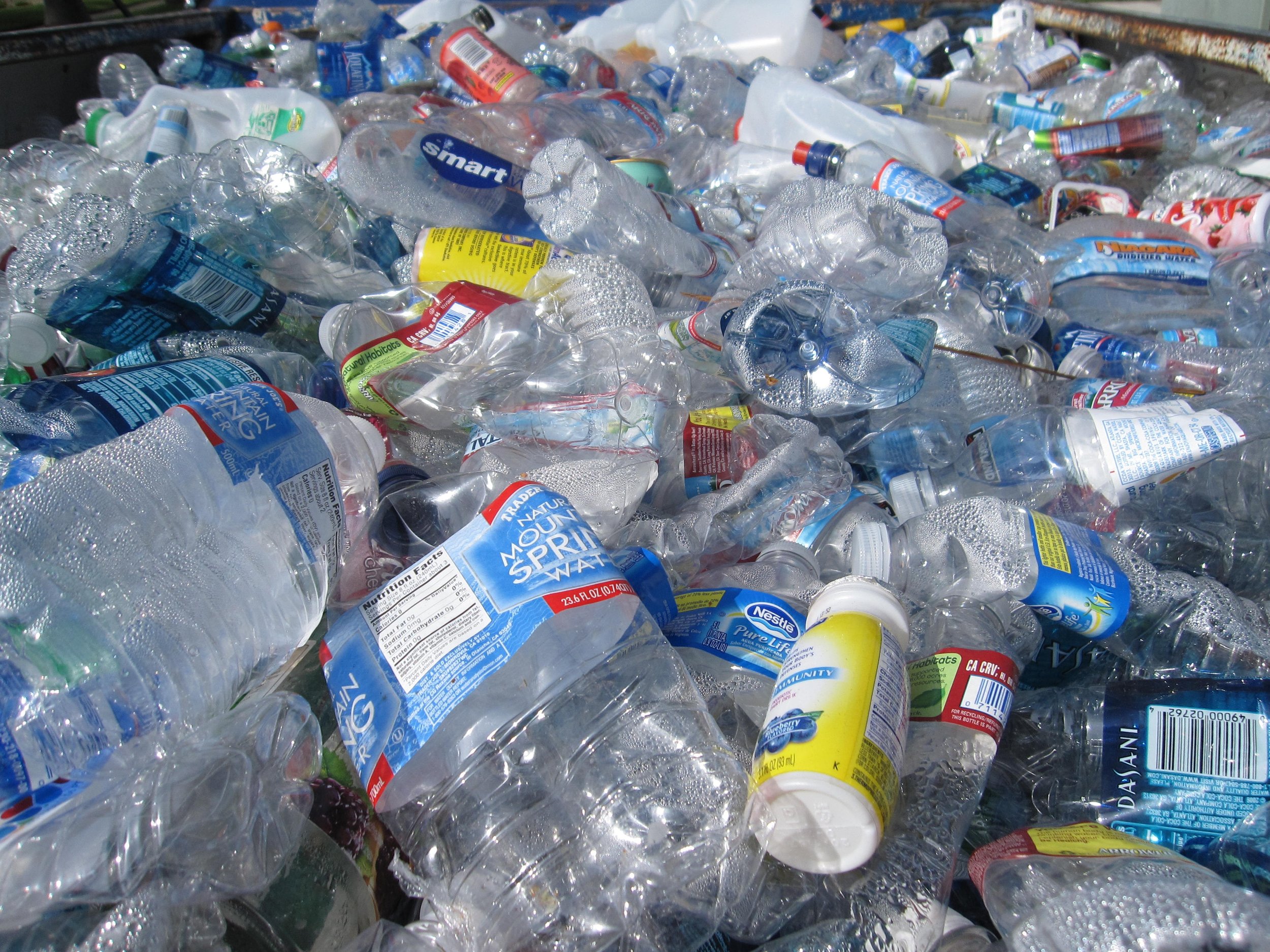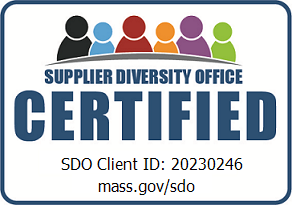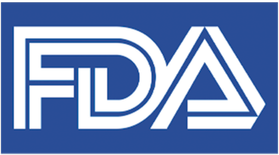We know that plastic damages the health of our planet. But how does plastic affect our own health?
Turns out, there is good reason to be wary of the impact of plastic on our bodies. It’s all around us. And as a material which is not found in nature, plastic and its associated chemicals can lead to several health consequences.
PLASTICS CAN DAMAGE HEALTH
When plastics find their way into our bodies, these materials can affect our bodies’ functioning. Animals don’t excrete plastic like “unnatural fiber” – instead, these particles linger in the body. For example, researchers found that fluorescent-tagged microplastic particles were still in mussels after 6 weeks. Beyond this, these ingested microplastic particles can physically damage organs and leach hazardous chemicals that can compromise immune function, growth, and reproduction. And consumer use of plastic – from polystyrene coffee cups to the casing around a television – affects several organ systems (including cardiovascular, neurological, and respiratory systems) and is linked to cancers and diabetes.
PLASTICS CAN BE TRANSFERRED FROM CONSUMER PRODUCTS TO OUR BODIES
How exactly do plastics create these impacts? There are actually two parts of plastics which can impact our bodies. First, there is the plastic itself: microplastics which can be shed into the environment, especially while undergoing wear and tear. The other part is chemicals and additives which are used in the manufacturing of polymers. These include stabilizers, plasticizers, and pigments. And since most of the additives are not bound to the polymer, they easily escape into food or body tissues.
In fact, migration of chemicals from food packaging into food is considered the main source of human exposure to plastic contaminants. And when some plastic polymers come into contact with UV light, heat, or acidic or alkaline foods, they degrade.
WE DON’T KNOW EVERYTHING ABOUT PLASTIC
Finally, and perhaps most concerningly, we don’t know the full effects of plastic. Lack of transparency of plastic chemicals and its production processes restrains a full analysis of the material. In fact, while 4,000 chemicals have been approved in the US to be intentionally added to food packaging, only about 1,000 have been evaluated for health risks. And we don’t fully understand impacts of plastic microparticles on human tissues, or the process of the transfer of microplastics and chemicals to crops and animals.
BOTTOM LINE
All of these facts can seem scary. But really, they show a need: a need to shift our plastic-encased society away from this harmful substance. At USEFULL, we believe that plastic shouldn’t be anywhere near our food. So we created a takeout container option that isn’t just returnable – it’s also plastic-free. Our cups and bowls are made of stainless steel, and our lids are made of recyclable silicone. We designed our containers with not just sustainability in mind, but also health.
If you’d like to learn more about how USEFULL containers could keep plastic away from the food at your campus or restaurant, feel free to request a free impact assessment or learn more about our system.
By Karlie Hayes, Marketing Strategy Intern, karlie@usefull.us








